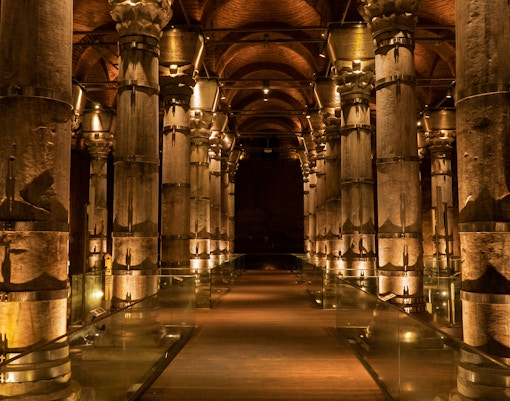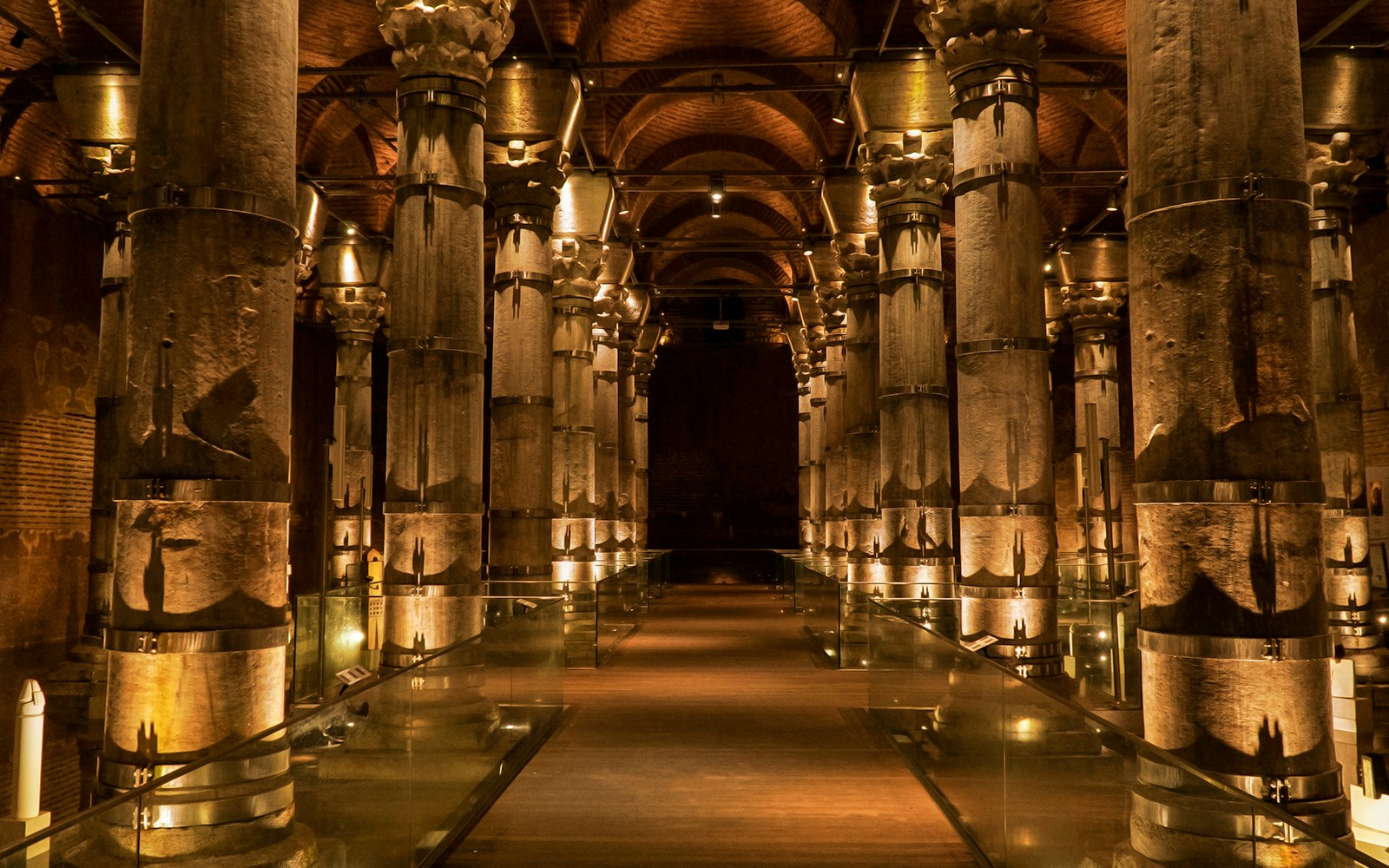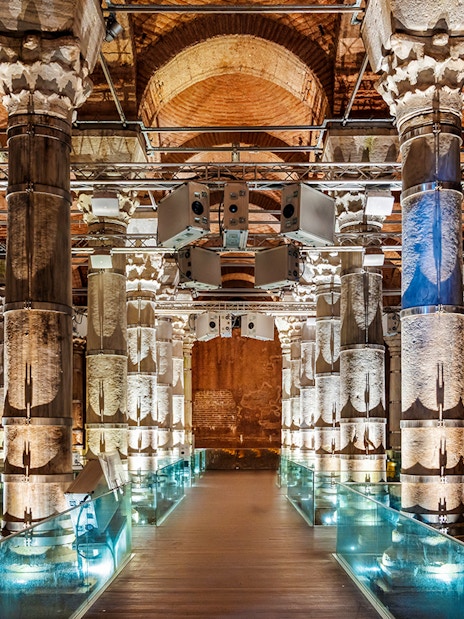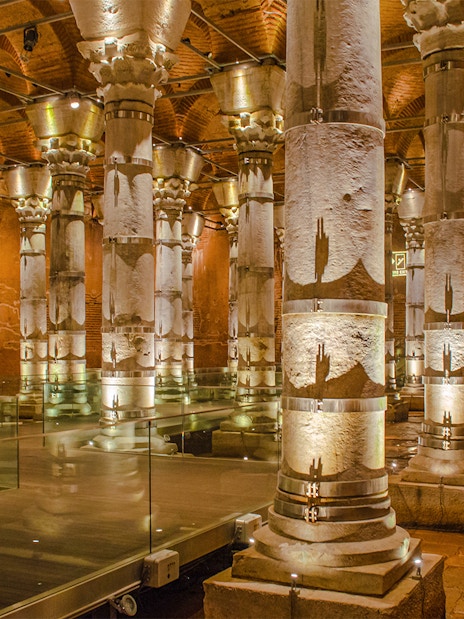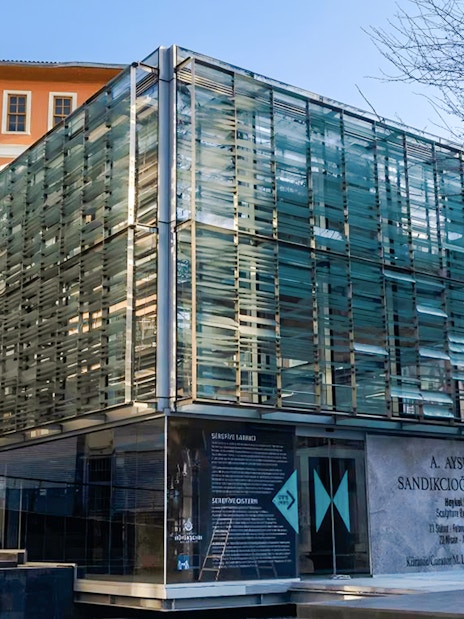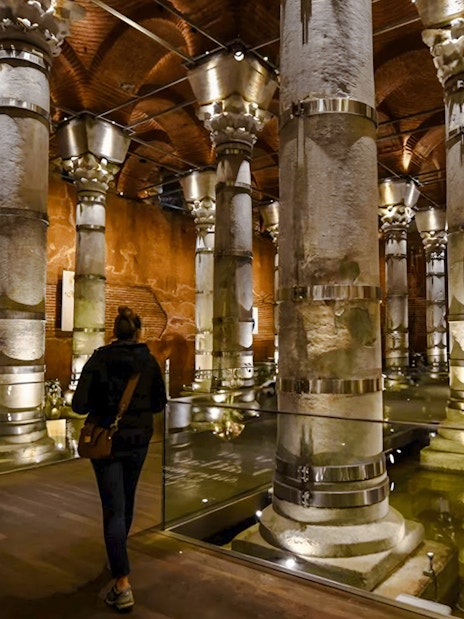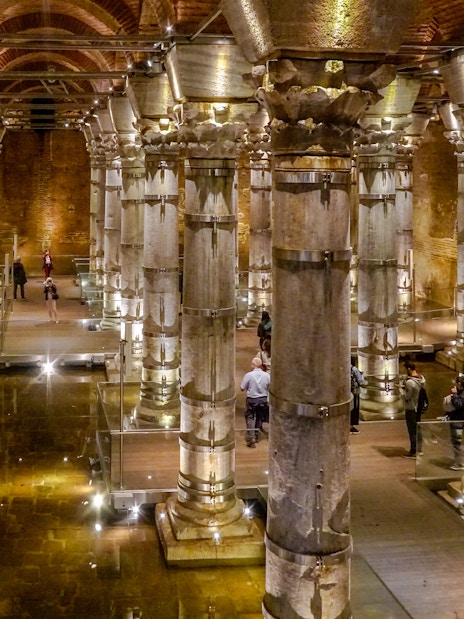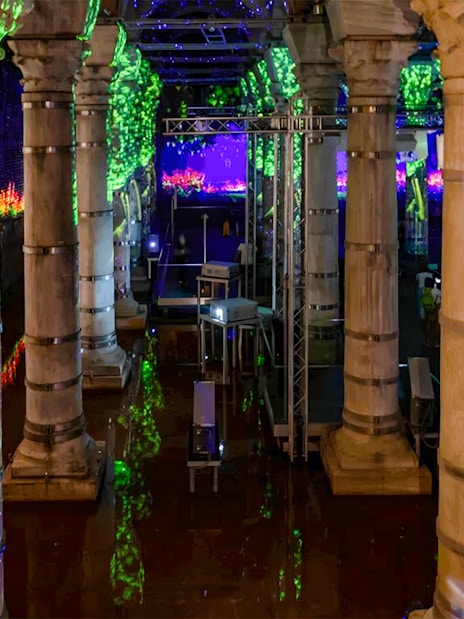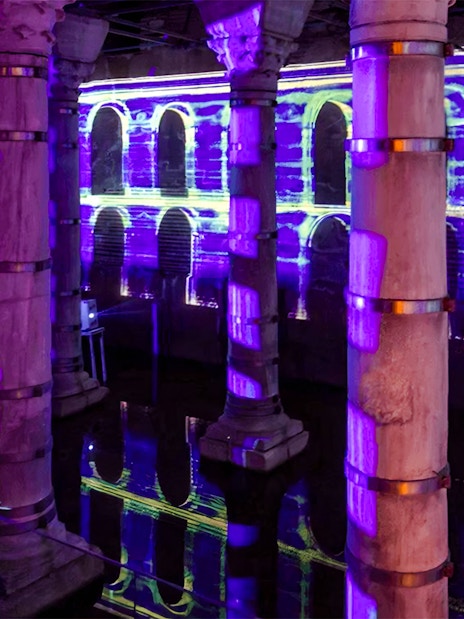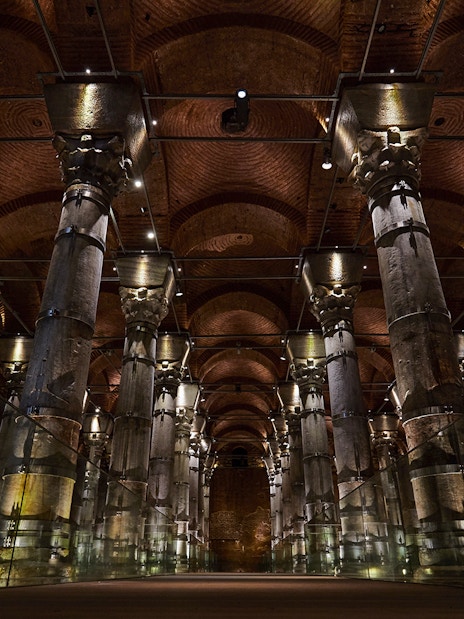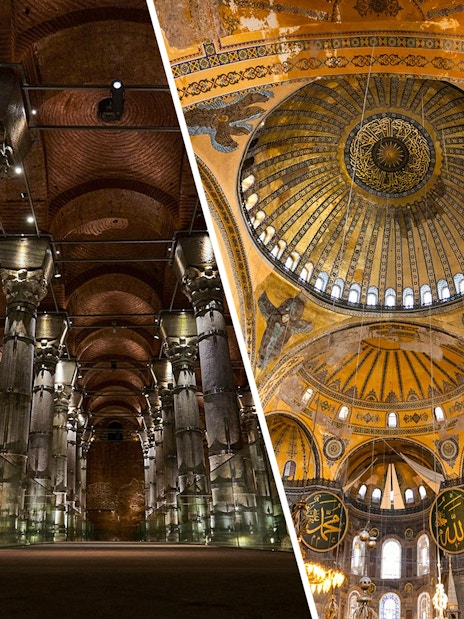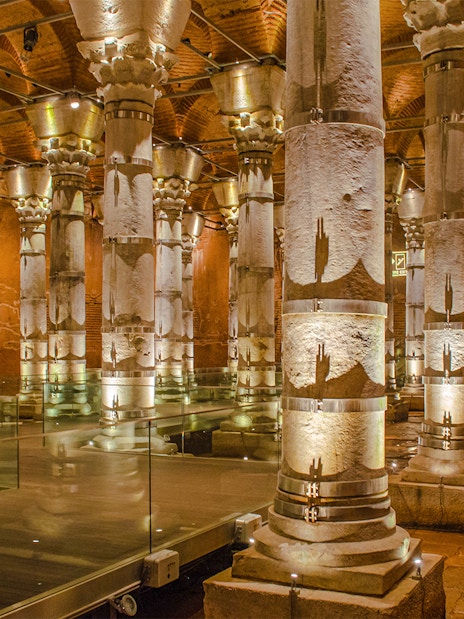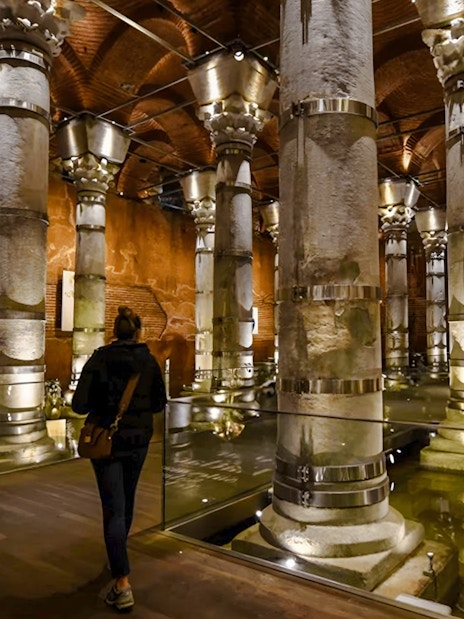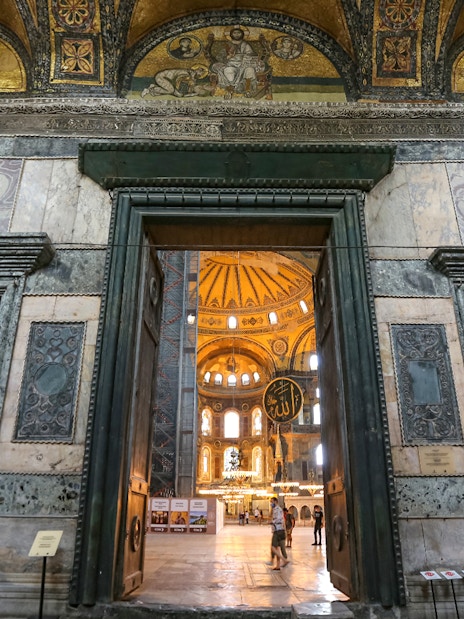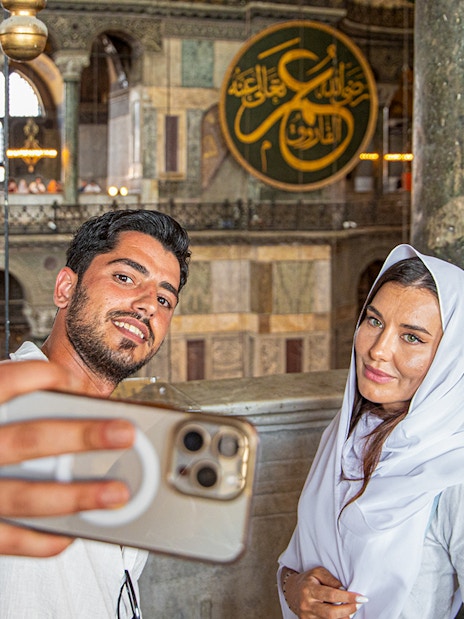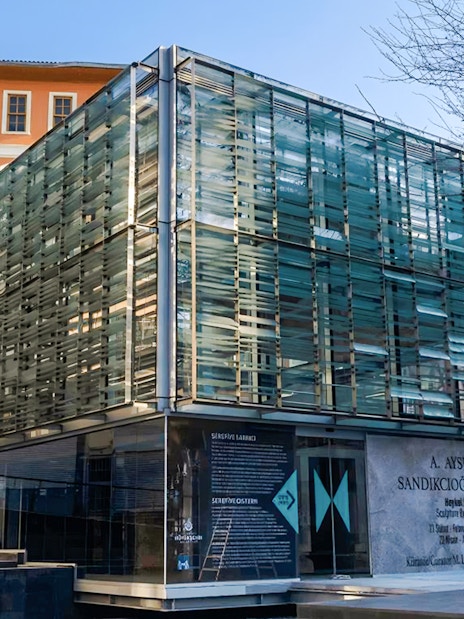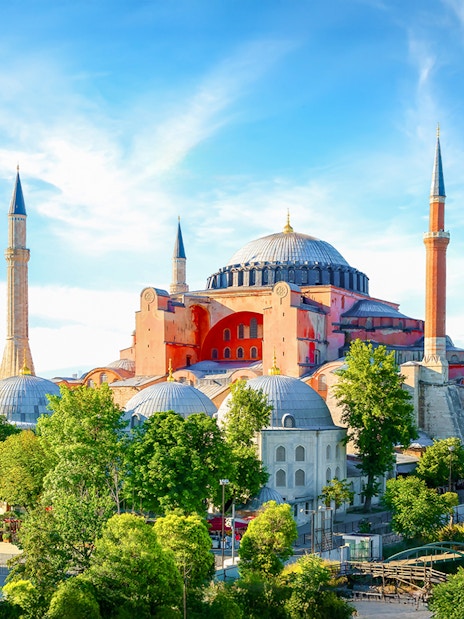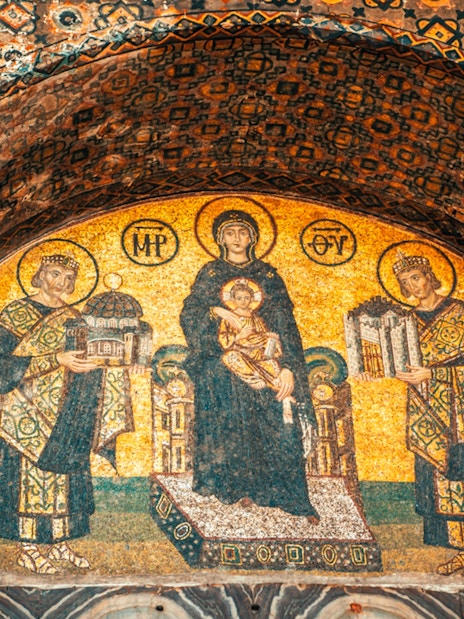This rectangular reservoir spans roughly 24 × 40 meters and rises to 11 meters, supported by 32 marble columns topped with ornate Corinthian capitals. The perimeter walls are over 2–2.5 meters thick, with curved corners and waterproof plaster designed to endure immense water pressure.
From happy customers
Loved by 35 million+
Emma
Mar 2024
5/5
Went as a solo traveler and felt totally safe. The cistern is fascinating, especially with the lights changing every few minutes. Not too crowded on a Monday afternoon.
Mei
Feb 2024
4/5
Took my grandma and she loved it! It’s easy to get around, and staff helped her down the steps. The lights make it magical. Only thing: can get a bit cold, so bring a shawl.
Sasha
Mar 2024
4/5
Fun stop. The lights are impressive and the echo inside is wild. Took the audio guide and learned a lot. Staff were friendly.
Chloe
Mar 2024
5/5
I’m obsessed with history and this was a dream! The cistern is soooo atmospheric, with the music and the lights. Even my bf who’s not into history liked it. Staff were super friendly and helped with my headset.
Dario
Feb 2024
5/5
Epic experience! The lights make the ancient columns look unreal. Went with my girlfriend and we both loved it. Not crowded at all in the morning.
Lina
Mar 2024
4/5
Went solo. The light show is the highlight, but it can get kinda crowded if you go in the afternoon. I wish there were more benches to sit and just take it all in. Still, I learned a lot and got some cool photos (outside, not allowed inside during the show).
Malik
Mar 2024
4/5
Not the biggest cistern but the most artistic for sure. The light show is what sets this place apart. It’s over kinda fast, but worth the ticket price imo. Staff could smile more though.
Nina
Feb 2024
4/5
Went with my husband and 2 kids (7 & 10) – they loved it. The columns look spooky in the colored lights. Audio guide kept kids interested, which is a miracle. Only downside: a bit chilly inside, so bring a sweater.
